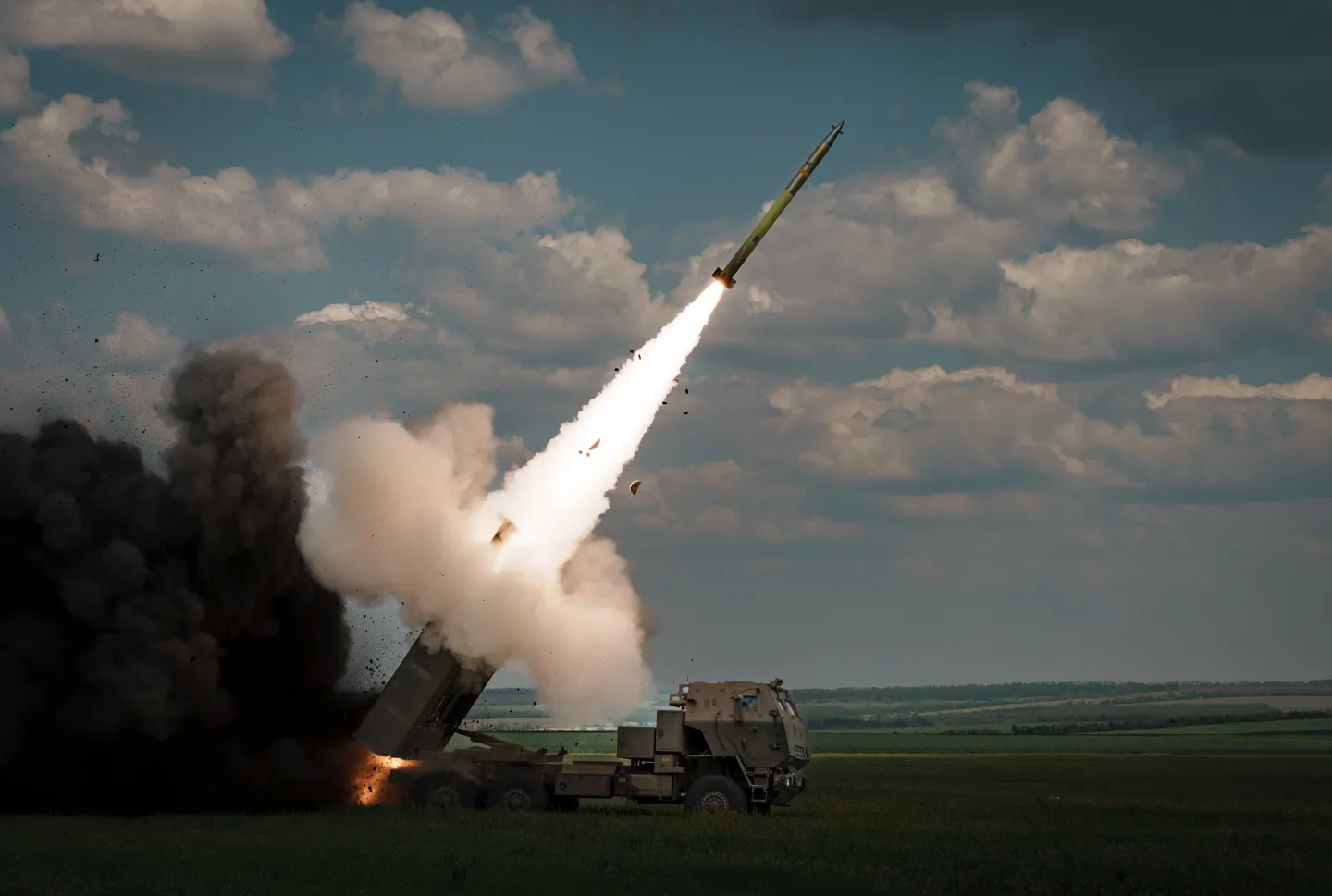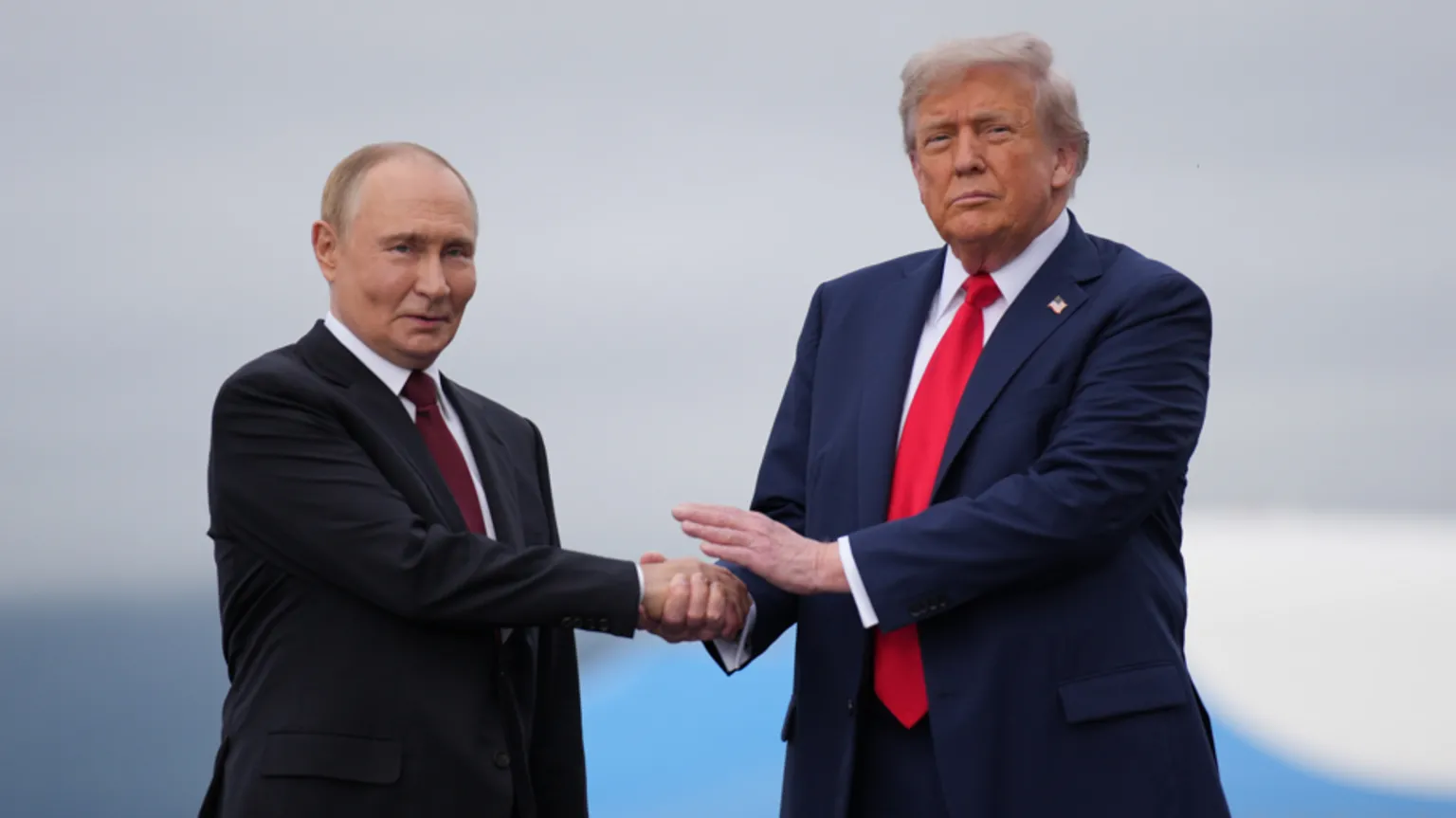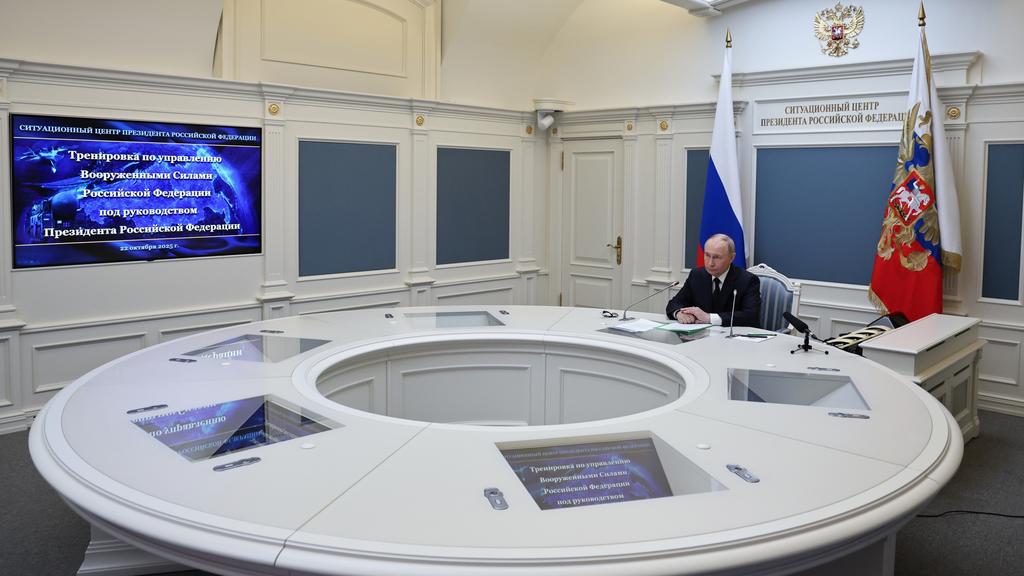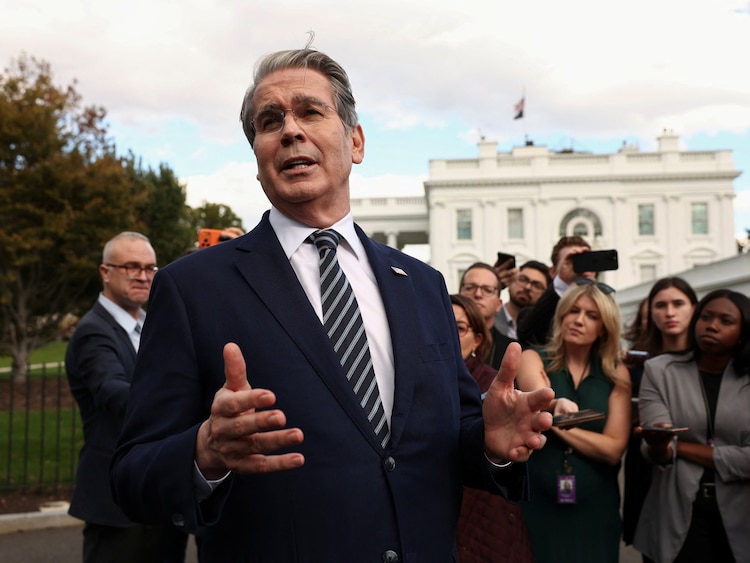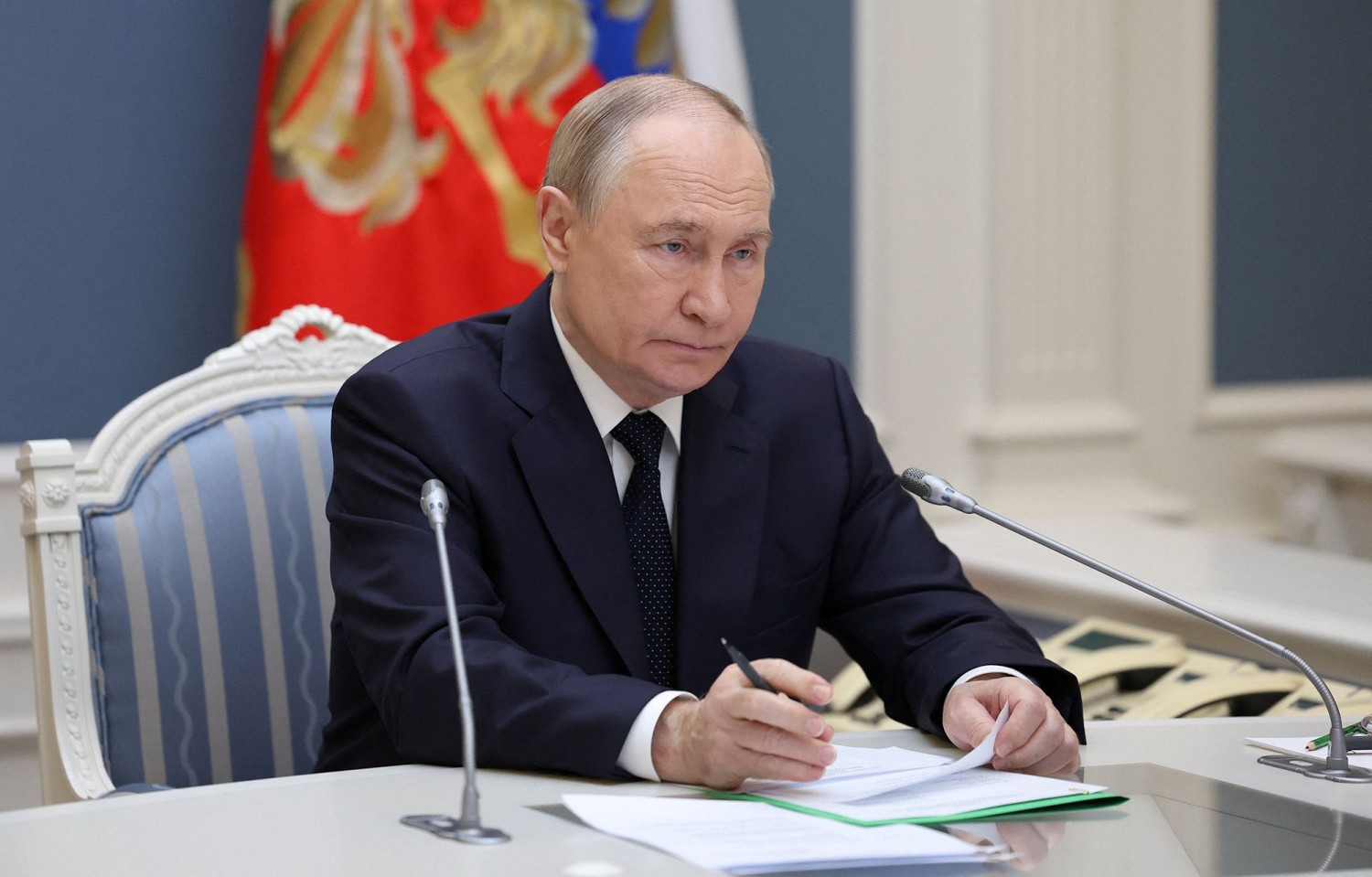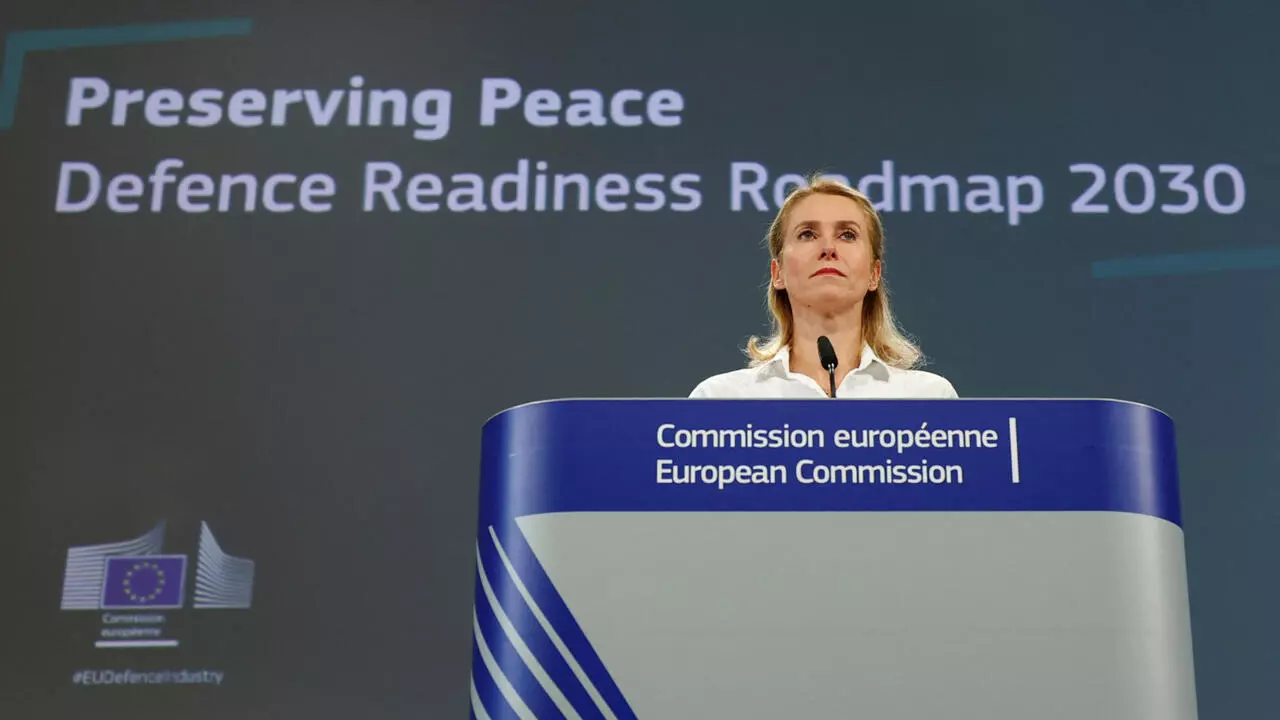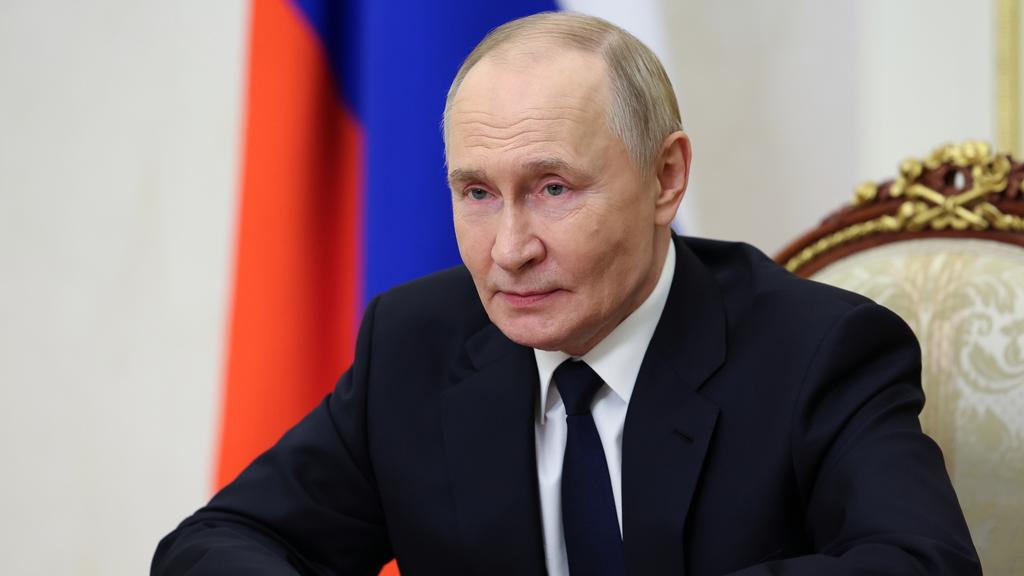Russia launched its latest offensive in Kharkiv in early May, retaking some of the ground it lost during a lightning Ukrainian counteroffensive in September 2022 and forcing Ukrainian troops to retreat from several towns. Short on air defense ammunition, the city of Kharkiv — Ukraine’s second largest — has come under heavy bombardment, causing severe civilian casualties.There are many reasons why Kharkiv is so vulnerable, but one of the biggest is that the city lies just 20 miles from the Russian border, giving Moscow’s forces an enormous advantage.
As the Institute for the Study of War (ISW), a US-based think tank, put it in a May 13 commentary, “The Russian Air Force can strike wide swaths of Ukraine uninhibited so long as the [it] continues to leverage Russia’s airspace sanctuary. The Russian Air Force can strike no fewer than 869 settlements in Kharkiv Oblast without ever leaving Russian airspace.”
Given its slow rate of progress and manpower issues, few analysts think Russia has much of a chance of actually taking the city of Kharkiv in the foreseeable future. But the offensive is putting enormous strain on Ukrainian defenses, and the rules hampering Ukraine’s ability to hit back became harder to justify.
The first sign of the dam breaking came in early May, when British foreign secretary David Cameron said that Ukraine should be able to make its own decisions about using British-supplied weapons, including its long-range “Storm Shadow” missiles, to strike inside Russia, though it wasn’t clear if this was a change in official policy. French President Emanuel Macron, whose military has also supplied Ukraine with long-range missiles, made a similar statement last week.
By the end of that week, nearly all of Ukraine’s major European allies, as well as the secretary general of NATO, had said they had no problem with Ukraine using their weapons to strike Russia.
Finally, the US changed course, with officials announcing that they would allow American-supplied weapons systems to be used for “counter-fire purposes in the Kharkiv region so Ukraine can hit back against Russian forces that are attacking them or preparing to attack them.” This mattered because the US is not only Ukraine’s largest weapons supplier, but provides the supplier of the specific weapons Ukraine needs in this case.
In particular, Ukraine can now target Russian forces across the border with HIMARS — a US supplied rocket launcher that has been used to devastating effect against Russian ammunition depots and staging areas within Ukraine since it was introduced to the battlefield in summer 2022. On Monday, the ISW assessed that shortly after the change in policy was announced, Ukraine likely used HIMARS to hit a Russian air defense system in Russia’s Belgorod province. The Ukrainian government has not confirmed the strike, which was reported in the Russian press.What difference will this make? Franz-Stefan Gady, an Austria-based military analyst with the Center for a New American Security, said it’s “obviously important that the Ukrainians are allowed to strike across the border” and that the previous policy “did enable the Russians to move some of their staging areas and supply depots closer to the border that they would otherwise.”
But he also cautioned that the switch is unlikely to be decisive given that the Russians have been adapting to long-range precision strikes by Ukraine ever since HIMARS first arrived in Ukraine two years ago, using new tactics as well as improved electronic warfare systems.
Still, Kyiv will take any edge it can get. “Honestly, it’s lifesaving for Ukrainians,” Oleksandra Ustinova, a Ukrainian member of parliament who chairs a committee monitoring arms supplies, told Vox. “We literally couldn’t protect our own people and fire back as a self-defense measure.”
Russia’s war comes home
US officials have stressed that this is not a blank check, and that the Ukrainians are authorized to use American weapons only to respond to imminent threats just across the border, not to strike deep within Russia. (The HIMARS can fire guided rockets with a range of about 40 miles as well as ATACMS, which in some variations can travel up to 200 miles.)
Ukraine has been launching strikes at targets inside Russia, such as ammunition depots and fuel refineries, since April 2022, but nearly always with its own indigenously-produced weapons, mainly drones. In May 2023, a drone — likely Ukrainian — even flew over the Kremlin. Ukrainian officials rarely directly claim responsibility for these strikes.
Officially, the US does not support these strikes, and concerns about them were one reason why the US was reluctant to send Ukraine long-range ATACMS. (The US policy does not apply to Crimea, which Washington considers occupied Ukrainian territory, and thus fair game.)
The limits have been the source of some friction in the US-Ukraine relationship, highlighting the limits of American support when it comes up against US interests. In recent months, the US has urged Ukraine to stop its attacks on Russian oil refineries, due to the risk it could drive up global oil prices. US officials have also expressed concerns about recent Ukrainian strikes targeting Russian nuclear early-warning radar systems, arguing that these systems had little to do with Russia’s military activities in Ukraine and could dangerously unsettle Moscow.
For all that this administration is committed to Ukraine’s defense — total aid and assistance since the war began is now almost $175 billion — that commitment has often been outweighed by its desire to avoid a larger and deadlier conflict.
Nuclear threats
Putin responded to these developments as he has to countless other Western escalations, by making vague if disquieting references to Russia’s nuclear arsenal, the largest in the world.
“Constant escalation can lead to serious consequences,” Putin told reporters in Uzbekistan last week, just prior to the US decision. “If these serious consequences occur in Europe, how will the United States behave, bearing in mind our parity in the field of strategic weapons?” (“Strategic” is a euphemism for nuclear in this case.) Just a week earlier, the Russian military had carried out drills simulating the use of a tactical nuclear weapon in its southern military district, next to Ukraine.
Such statements and actions have become common. On the very first day of the war, Putin warned: “Whoever tries to hinder us, or threaten our country or our people, should know that Russia’s response will be immediate and will lead you to consequences that you have never faced in your history.” Other Russian officials have been even less vague.
But more than two years into the war, the credibility of these threats is starting to wane. For Ukrainians, the fact that Putin has not made good on them shows that the West shouldn’t be constrained by them.
“I’ve been hearing about nuclear escalation since the first day,” Ustinova told Vox. “First it was, it was ‘if Ukraine gets MIGs from Poland, he’s going to use nukes.’ Then it was the HIMARS, then Patriots, then tanks. He’s just a bully.”
That’s not how the conflict is viewed in Washington, where Biden and his top officials have repeatedly invoked the prospect of a “third world war” to explain why they are not simply giving the Ukrainians every weapon they ask for.
Jon Wolfsthal, the director of global risk at the Federation of American Scientists, who advised then-Vice President Biden on nuclear issues during the Obama administration, described the president as having “more experience with nuclear deterrence and nuclear risk than any president who's ever been in the oval office. He has internalized these risks and is mindful not to overreact or not to take on more risk than the situation merits.”
The difficult thing about this debate is that it’s impossible to prove a negative. Does the fact that Putin has not gone nuclear show that Biden was demonstrating prudent caution, or that he was too timid?
The slow build
It’s becoming something of a mantra for administration officials and spokespeople that US assistance to Ukraine evolves in response to conditions on the battlefield. There’s certainly logic to that: In the early days of the war, Ukraine’s priorities were shoulder-mounted anti-tank weapons like Javelins and Stingers, to destroy Russia’s invading tanks. Ukraine then only started needing significant numbers of Western tanks when its own pre-war stock of Soviet tanks was destroyed.
But clearly there’s also some escalation management at work. Call it salami slicing, boiling the frog, or a metaphor of your choice: Defenders of the Biden administration’s policies argue that it has avoided nuclear escalation by slowly building up support for Ukraine, rather than provoking Putin by going all in at once.
This is understandably frustrating for Ukrainians, who face not a theoretical future threat from Russia, like the NATO states, but an actual, existential one. “It’s like we’re running behind the train,” said Ustinova. “Every time we ask for something, we get it months or a year later when it won’t make as much of a difference as it would have before.”
Some US lawmakers increasingly agree. Last week, Sen. Roger Wicker (R-MS), ranking member of the Senate Armed Services Committee, called in a statement for the administration to “abandon its ‘drip-drip-drip’ policies and embrace my mantra of ‘more, better, and faster’ to arming Ukraine.” (Wicker’s statement did not mention the nearly half-year delay in aid to Ukraine caused by opposition from House Republicans.)
For now, however, the drip-drip seems likely to continue. The next priorities, Ustinova said, will be training more pilots for the F-16 fighter jets which the administration agreed to transfer to Ukraine last year, as well as more air defense ammunition to protect Ukrainian cities.
Is any form of assistance completely off the table? The US and NATO countries seem very unlikely to agree to any moves that could conceivably result in direct combat between Russian and NATO forces, but even there, the lines are getting a little fuzzy. Some European NATO allies are reportedly considering plans to send troops into Ukraine to train Ukrainian forces. That would pose an obvious risk — the reason that no NATO boots on the ground has been a key US red line from day one is the danger that they could be killed by Russian attacks and draw the US into a direct shooting war with its nuclear rival.
Meeting with reporters in Washington on Monday, Julianne Smith, US ambassador to NATO, said that sending trainers to Ukraine was “not something that the United States is looking at” but said that if other countries undertook such a mission on their own, “that is their sovereign right.”
Gen. C.Q. Brown, chair of the Joint Chiefs of Staff, also seemed to suggest a shift in the US stance was inevitable last week, saying, “We’ll get there eventually, over time.”
It’s hard to remember now, but there was a point where even Javelins and Stingers were seen as dangerously escalatory. Does that mean that Putin’s own red lines don’t really exist and that Putin’s threats are all bluffs?
It’s clear now that Putin is unlikely to do anything as risky as using a nuclear weapon or attacking NATO as long as his forces are on the march and making at least some progress on the battlefield. The real test, some experts warn, could come should he start losing a war he has defined as an existential struggle for Russia.
Wolfsthal cautioned against overconfidence, telling Vox, “Russia’s had nuclear weapons since 1949, and we still don't know exactly what they mean when they mention those nuclear weapons. We’re really not that good at nuclear signaling.”
